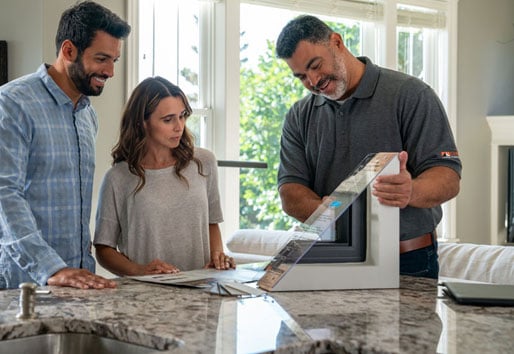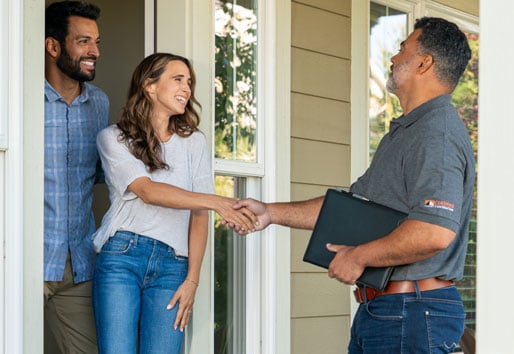Tips
6 signs it’s time to replace your windows
Replacing windows can improve your home’s curb appeal, energy efficiency, and value. But is now really the time? We’ll guide you through visual clues and functional indicators that can help you answer this question.
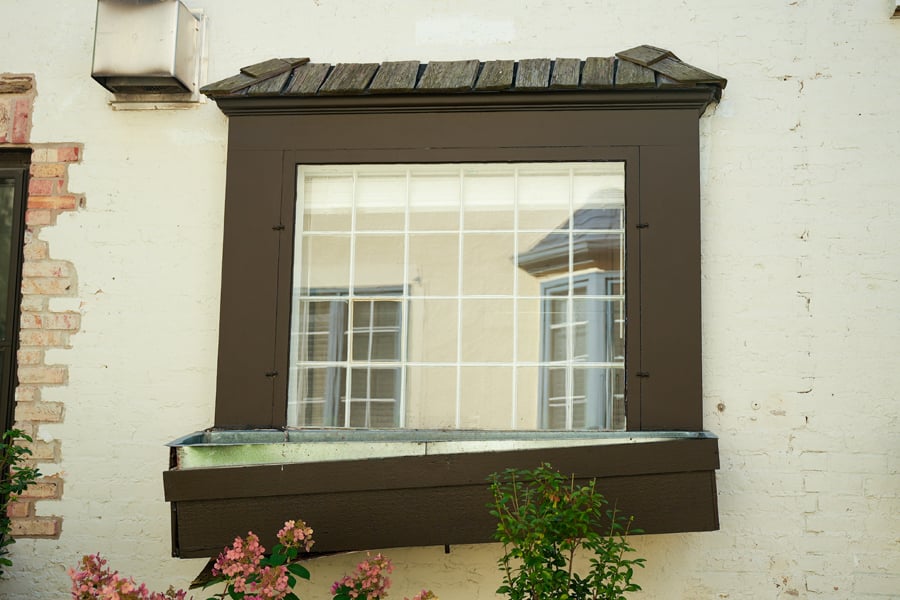
Should they stay or should they go? If it’s unclear how much life your windows have left in them, we can help. There are signs that can tell you if your aging windows are just that or if they’re actually failing. The more you know about the state of your windows, the better you can plan for a replacement project in a way that suits your budget and also works in service of your home improvement dreams.
How to know you should replace your windows
Here are the major signs that your windows may need to be replaced:
1. They don’t open properly
No one wants to miss out on a fresh breeze. If your windows are consistently sticking, or are a challenge to open and close, they may be failing you in terms of both functionality and comfort.
Not only is this frustrating, but it can also be a safety concern in the event of a fire. If your windows are hard to open or don’t stay open on their own, this indicates that something within the window may be warped or broken and that it’s time to replace.
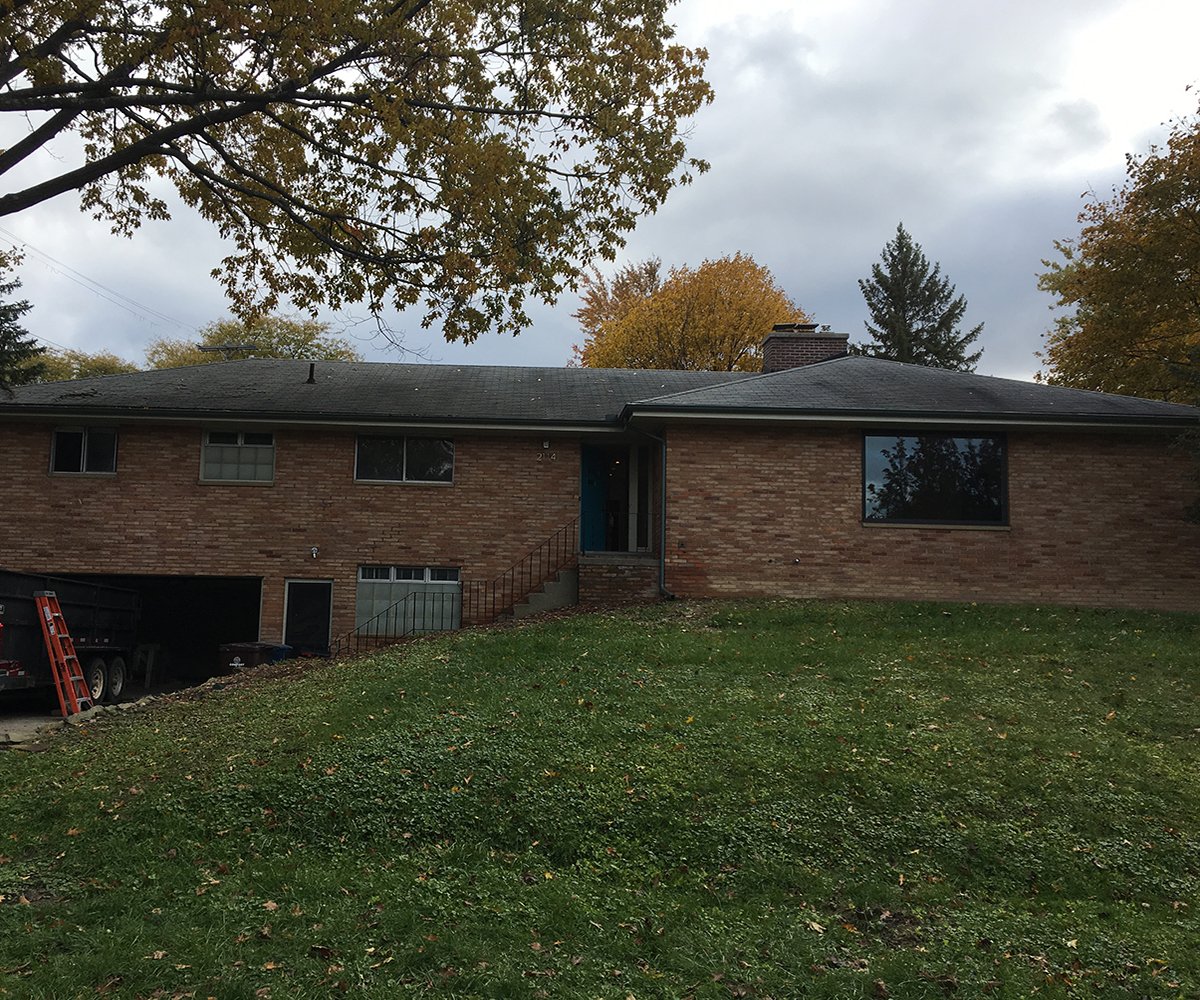
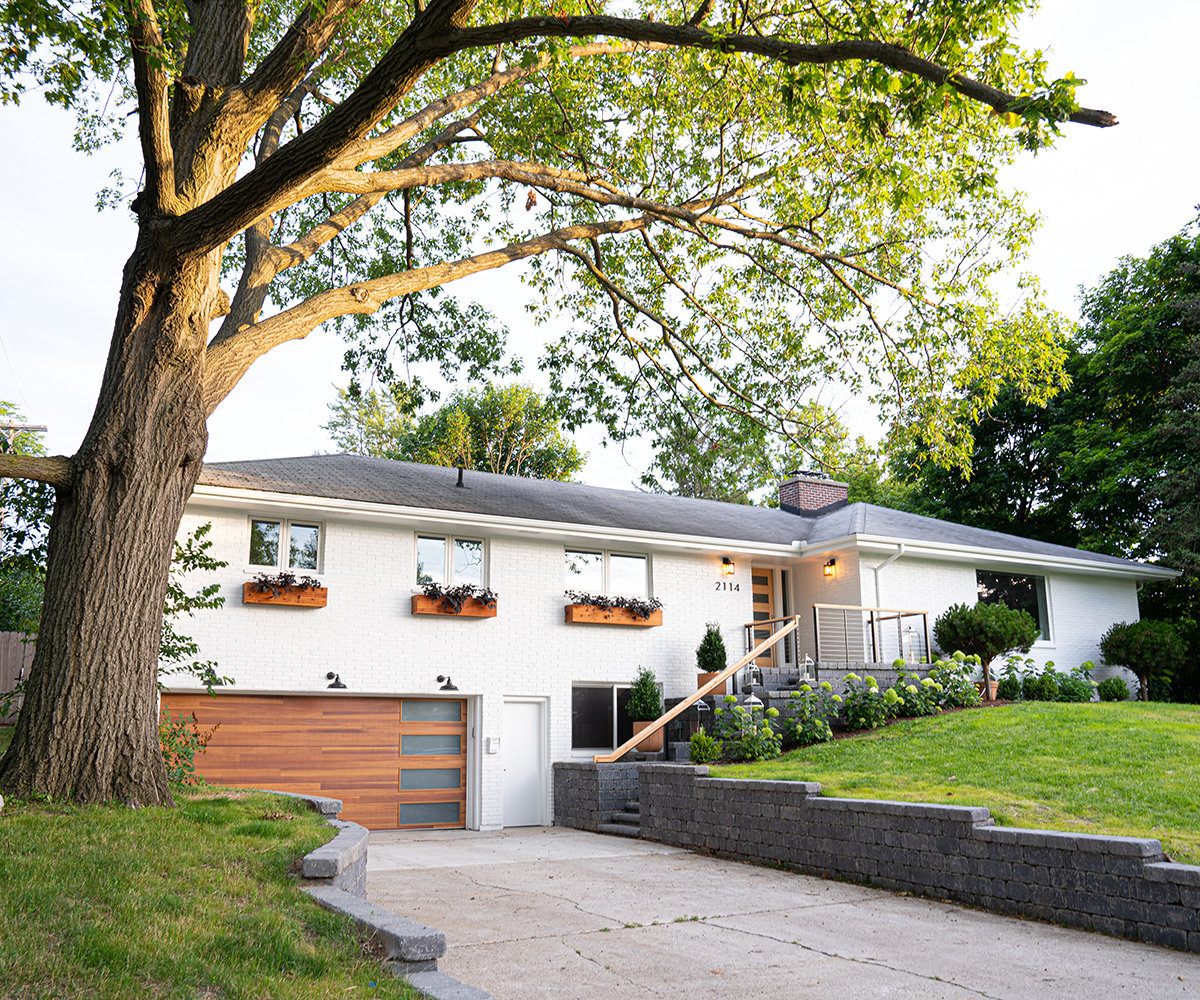
Michelle Adams
2. They’re drafty
Do you feel a chill in the air when you're near your windows? If so, it could be a sign that they are damaged or inefficient. Drafty windows often let warm air escape from your home, which in turn can impact both your comfort level and your heating bill.
Speaking of heating bills, if you’re noticing an increase in your monthly energy costs, it may be a sign that your windows need to be replaced. Age or the deterioration of materials can impact the efficiency of your windows over a long period of time.


3. The glass is cloudy
Cloudy or foggy glass can be a telltale sign of a window seal failure. With a broken seal, a window will allow the air you are paying to heat or cool escape while also allowing outside air into your home. In other words, it’s no longer doing its job of protecting you from the elements.
One important nuance is that condensation on either the exterior or interior is not what we’re talking about here. It’s normal to have condensation on the exterior depending on outdoor conditions — it's actually a sign that your window is energy efficient. On the interior, condensation is an indication that the humidity is too high inside your home, but it doesn’t mean that your window is failing. It’s when you notice condensation in between the panes on a dual-pane window that you should be concerned about seal failure.
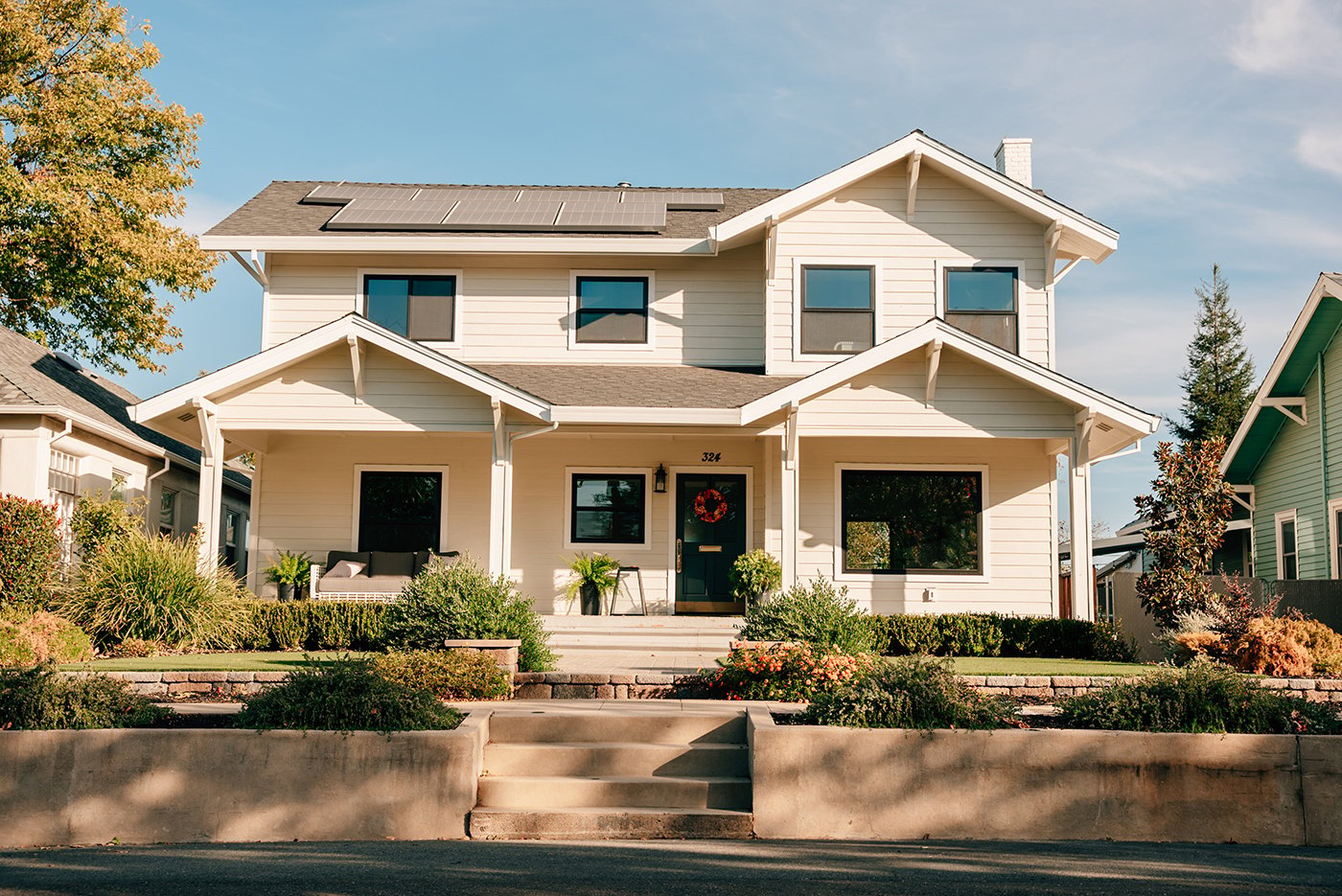
4. They don’t provide adequate noise protection
Noise pollution can be a significant pain for homeowners, especially if you live in a lively neighborhood or densely populated area. Single-pane windows and other older models may not provide the type of sound muffling that you're looking for and should be considered for replacement if they are impacting your ability to enjoy your home.
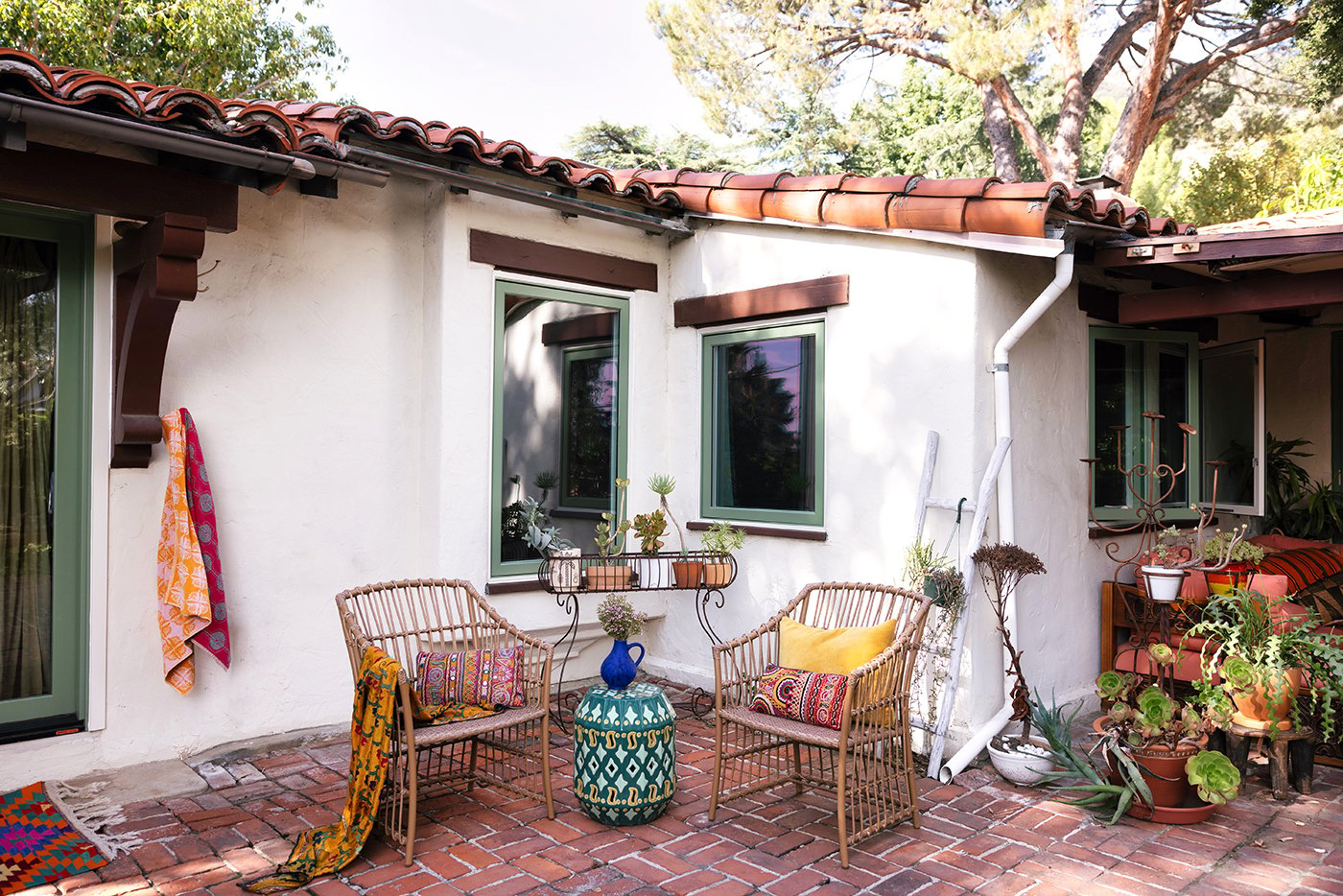
When the windows and doors were replaced in this home, the owners chose the E-Series product line. E-Series products can be a great choice when noise reduction is a goal because triple-pane glass is an available option that reduces sound transmission. Another option for reducing sound is our STC upgrade, which is available through both E-Series and 100 Series.
5. They don’t match your home
It may be time to replace your windows if they no longer match the vision you have for your home. As you go about making your home your own, you might find a replacement opportunity within the context of a remodel. Not only will new windows add aesthetic value to your finished space, they’ll also add to its property value. Realtors and builders agree that Andersen products can improve a home’s value by at least 15%.*
If you’re bringing your dream kitchen to life, it might just make sense to tackle the windows while your walls are ripped up or maybe you’re ready to upgrade your lifestyle by replacing that old double-hung window above your sink with a pass-through window. An exterior project that involves updating your siding can also be a perfect time to replace windows.
Tacking windows on to another home improvement project can help you take on replacement in a more phased approach and allow you to make use of financing you might have secured to fund your remodel.
*2024 Andersen brand surveys of U.S. builders and realtors
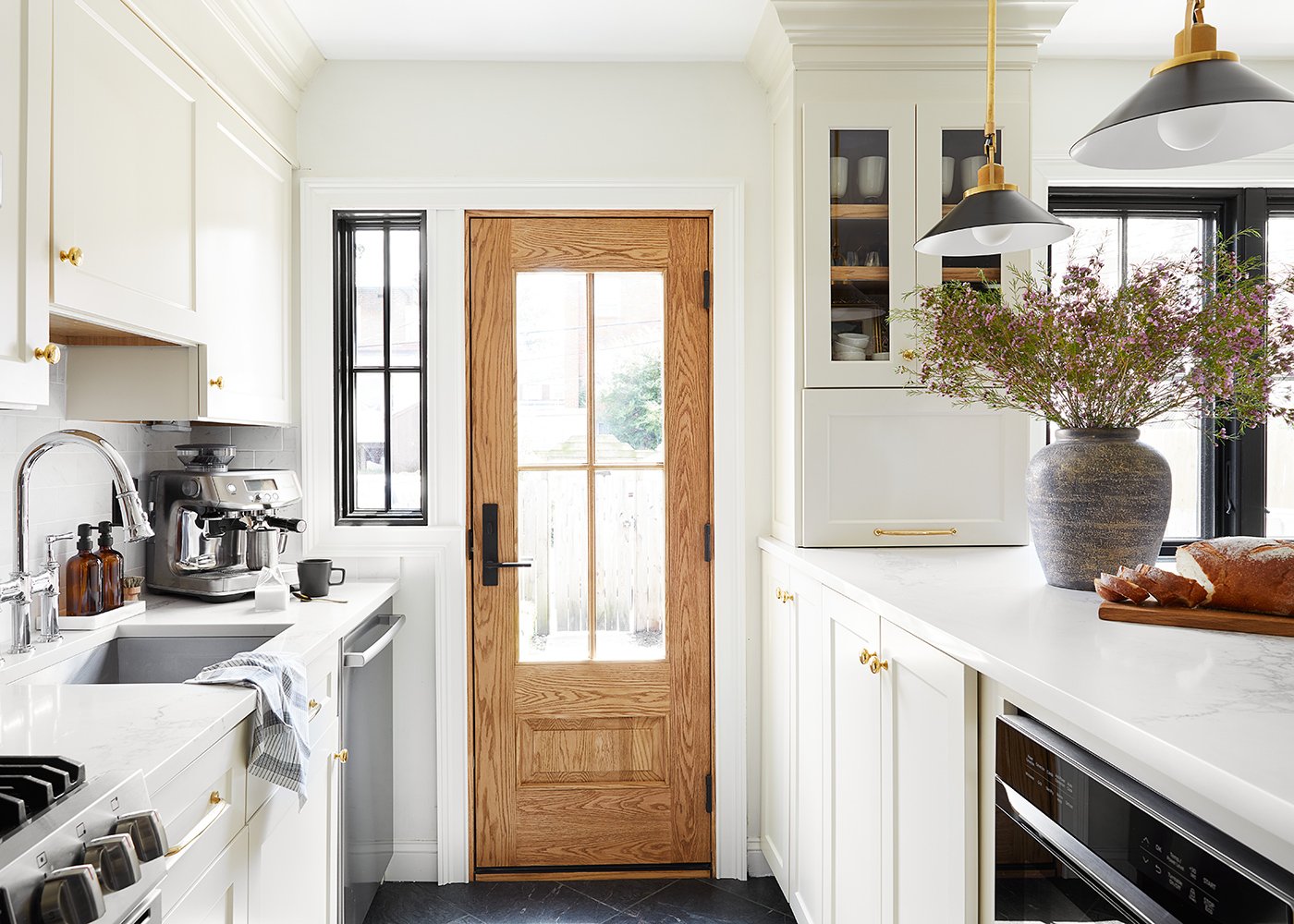
When DIYer and home blogger, Rashida Banks, remodeled her kitchen, new windows and a new entry door were a part of the project. These upgrades bring more natural light into her space and opting for crank-operated A-Series Casement Windows makes letting in the fresh breeze extra easy.
6. They're single-pane windows
Some older homes have original windows made with single-pane glass. Because this type of window glass isn't as insulating as modern window glass, these windows are usually paired with storm windows. Storm windows are added from the exterior and often detract from curb appeal.
Upgrading to dual-pane windows will bring a host of benefits. With two panes of glass and an air space in between, the insulating abilities of dual-pane window are greatly improved compared to single-pane window. The functionality of dual-pane window also beats that of a single-pane window retrofitted with a storm window. Finally, maintenance is likely to be easier as our windows have low-maintenance exteriors.
TIP: Upgrading to new windows doesn't mean you can't have a wood interior. Here are some options that can complement a historic home's style: Our 400 Series Woodwright Double-Hung Window is made for this exact application, our E-Series product line offers the most customization in color and wood stain, and our A-Series product line is our most architecturally authentic.
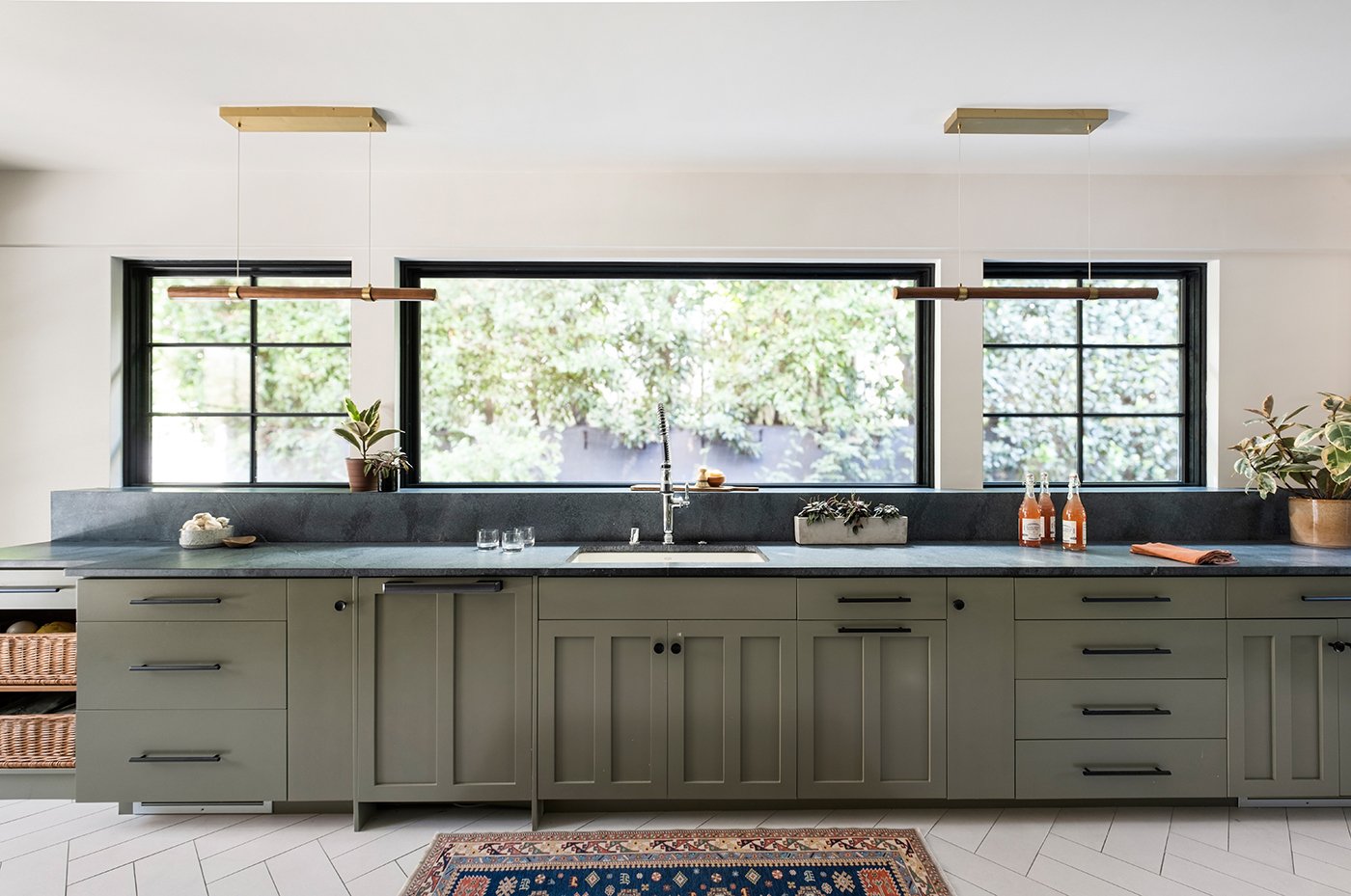
When this home was remodeled, owner Laurie March was adamant that window replacement be included. Not only did the original, single-pane 1920s windows leak water, they leaked everything. “Heat gain was a big deal for us, and the noise too” said the pro remodeler and HGTV host—get the project details.
TIP: If you're unsure whether your windows need to be replaced, consult a contractor. We can help you find a local contractor who specializes in our windows.
What’s the lifespan of windows?
Not all homes are created equal, and the same logic should be applied to your windows. When considering the lifespan of a window, there are three key factors that have the most significant impact on longevity and function:
Product quality
The caliber of the design, materials, and manufacturing are the underlying factors that result in a product that’s either high-quality or not. We offer products at a variety of price points but uniting them all is their durability and industry-leading warranties. Looking at a manufacturer’s warranty is one way to understand quality. If they’re willing to stand behind their product for an extended period of time, that’s an indication they truly believe it will last.
Installation quality
We often say that you can have the best window in the world but if it’s not installed properly, it won’t function properly. Hiring a good installer is one of the best ways you can control the quality of your installation, and we can help you find that pro. Andersen Certified Contractors are specially vetted and trained by us, and their work comes with an additional two-year warranty. Find a local contractor.
Maintenance
Like most everything in a home, windows need proper care. Regular cleaning is a good place to start because interacting with your windows gives you the opportunity to notice if something is off and address it sooner. Occasional maintenance tasks, such as lubricating a balancer or replacing weatherstripping, will help you extend the lifespan of your windows. Find maintenance directions in our Help Center and replacement parts in our online Parts Store.
Window replacement comes with many considerations, but the advantages far outweigh the costs and time investment. By carefully considering the most important factors, you can determine when the right time to replace is, how this process can improve the functionality of your home, and what you need to know before getting started.
More replacement questions answered
How many years should windows last?
This will depend on the quality of the windows, the installation, how they’ve been cared for (or not), and your environment — some are especially harsh on building materials. Our limited warranty covers glass in windows for 20 years and non-glass parts for 10 years, even extending from one owner to the next, but that doesn’t mean windows will fail after that time. In fact, we are still selling replacement parts for windows manufactured many decades ago.
Should I replace all windows at once?
Strictly speaking, your window replacement journey will depend heavily on your goals and personal resources. While it may be more cost effective in the long run to replace all of your windows at once, it can be done in phases to accommodate a tighter budget or to address windows that need to be replaced sooner rather than later.
Some homeowners choose to replace windows one floor at a time or one room at a time. This can be easier on your budget and even help you tap into incentive programs that might be available through taxes or local utility providers.
On the other hand, replacing all of your windows at the same time has the advantage of greater consistency in terms of design and installation, as well as the immediate advantage of improved energy efficiency for your entire home.
What time of year is best for window replacement?
Although spring and fall are often popular times of year for replacement, windows can actually be replaced at any time of year — even in cold climates. A good contractor may be booking months out. Ask about timing when you interview them. Want to know what else to ask? Here are the top questions to ask a contractor during your first meeting.
How to measure windows for replacement?
Measuring windows involves taking several different measurements: width and height, of course, but also diagonal measurements to see if your windows are square. This means they meet at 90° angles in the corners. It's not uncommon for windows in an old home to be out of square.
Keep in mind that the measuring required to order the right size windows must be very precise. If you don't have experience with home projects, we recommend using your own measurements as a tool for comparison shopping, not for ordering. With an idea about sizing, you can start looking into window prices. Although it’s important to understand that the product is only one part of the total cost of window replacement — understand more about window costs.
When it comes time to actually order windows, we recommend leaving the measuring to a pro who specializes in window and door replacement. They will not only have the experience to make judgement calls when needed — such as how to compensate when measuring a window that’s out of square — but they'll also know when it's necessary to take more invasive steps, like removing trim around the windows in order to get the most precise measurement. Need help finding a contractor?
How to know if your window can be repaired rather than replaced?
If you're not sure it's time to replace all your windows but you have a damaged window, a repair might be possible. Generally, it’s worth investigating if repair is possible when there’s a single issue — like a missing insect screen, missing or damaged weatherstripping, or grille damage.
More serious problems can sometimes be repaired too — a baseball through a window doesn't always spell replacement — if your window is otherwise in good condition. By good condition, we mean the frame is square, there’s no rot, etc. In these cases, it might be possible to fix the problem by replacing a sash, rather than replacing the entire window.
Here are some common window problems that can often be fixed with repair, rather than replacement:
- A broken sash can sometimes be replaced without replacing the entire window if the rest of the window is in good condition.
- A broken balancer can be a fixable repair. You’ll notice the balancer is broken if the window slams shut or it’s very difficult to open.
- A broken lock or operator, the crank that allows you to open a casement or awning window, can often be replaced.
Find out more about how to identify your window product and read about repairs in our Help Center and find out about the availability of replacement parts in our Parts Store.

